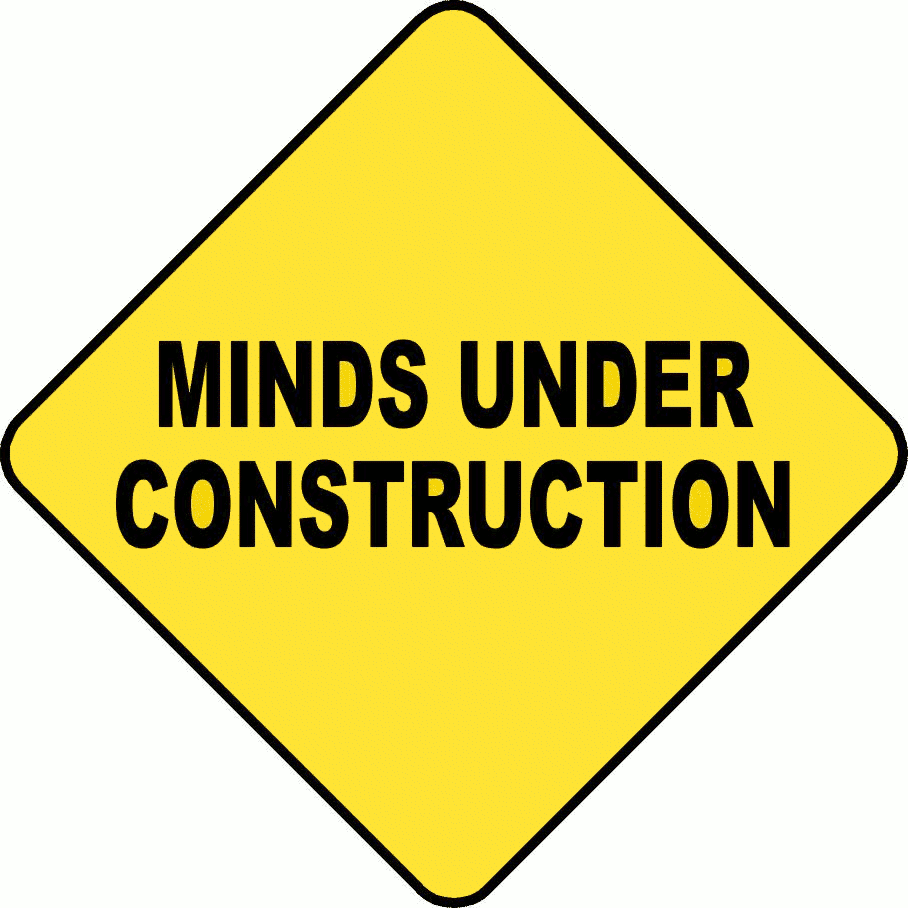COMMUNICATION EQUALS STUDENT SAFETY AND 21ST CENTURY SUCCESS!
One of the essential strategies-concepts-lessons that both parents and educators that are working to prepare students for the 21st Century, despite the COVID19, is COMMUNICATION. Why? There are so many reasons this blog could go for days, but briefly, relationships and connections are essential to social-emotional well-being and academic success. Also, the ability to communicate in many forms is one of the crucial five skills needed for the goal, College to Career, and success in the 21st Century.
As parents do, we all want from our kids from the moment they are born throughout the different development stages? COMMUNICATION. When born, we await those first words. Once in school, we expect an answer more detailed than “fine” when asked about school. When teenagers, we wait for them to take off the earplugs long enough to hear that they have been spoken to, and answer. Then as they go off to college, we await that text response that is delivered days after asked that we no longer remember what it means!
As educators, holding a morning meeting, we await that moment when the child who chose to pass finally says a word, but then you can’t teach him/her to raise a hand to speak during the rest of the days’ lessons. When tasked with improving student discourse and keeping adult talk to a minimum, volunteers jump in and answer/comment, thinking your pause means you don’t have the answer. Then along comes Academic Vocabulary training, ELL sentence frames, diving more in-depth, differentiated instruction, and inquiry-based instruction, all designed for students’ to lead the discussion and discovery.
Don’t forget manners! For example, not interrupting, looking people in the eye, body language, greeting people, introductions, and use of appropriate names. These are just a few items that both parents and educators strive for, worry about, and yet, seem to have quickly changed.
COMMUNICATION is one skill that falls into Social-Emotional Learning and Academics. It is vital in preparing kids for the future. We know that connection comes in many forms, reading, writing, speaking, illustrating, non-verbal, conversation, dialogue, and more. As a Principal, I found that if wanting to reach ALL stakeholders, different forms of communication about the same topic was required, and more than once. It was a skill needed daily, and one that was always part of life-long learning in hopes of finding how to reach everyone.
AGAIN, WHY making COMMUNICATION a priority?
1. As we begin using the internet and online teaching, understanding how technology communication works become essential for fundamental reasons for access, learning, and the most critical safety. Therefore, keeping the lines of dialogue open will help keep your children safe.
2. Knowing how the brain learns, the extreme importance emotions play in cognitive development, and the negative impact of trauma, again, a focus on communication.
HOW?
In the article “10 Online Safety Basics for Younger Children by Toni Birdsong on Mar 28, 2020, talking to your child, although number 10 on the list, was the most important. Start talking. Keep talking. Of all the principles you will read, if nothing else, do this one thing and not only will it keep kids safe on the internet but in life: Start Talking, and Keep Talking. COMMUNICATING regularly, openly, honestly is the key to success in keeping kids safe in most any areas. Remember the “Stranger Danger” teachings? Creating an open, trusting dialogue with your child is your #1 security tool in keeping your child safe online today and into the future. The future is here. Online social networking will be bigger than ever before, given the COVID19’s impact on life. Time to introduce concepts such as “Stranger Danger” in the online world and how to use social media appropriately. (See Toni Birdsong’s article for more information.)
